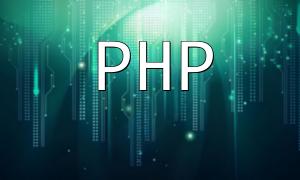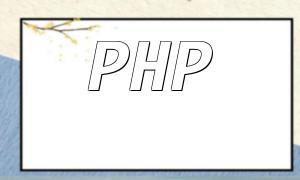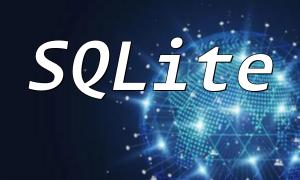In PHP backend development, exception monitoring and alerts are essential to ensure the stable operation of your system. Timely detection and handling of exceptions can significantly improve application reliability and user experience. This article will introduce how to implement exception monitoring and alerts in PHP backend development, including error log recording, email notifications, and the use of third-party tools.
In PHP, using the error_log()
The above code shows how to write error information to a specified log file when an exception is caught. This method allows you to track and address problems in your code effectively.
In actual development, it is recommended to add log statements in key operations or data processing parts (such as database queries) to help detect issues promptly.
In addition to logging errors, notifying relevant personnel promptly is also critical. Email notifications are a commonly used alerting method, enabling team members to respond quickly and resolve issues. Below is an example of how to implement email notifications for exceptions in PHP:
try {
// Execute code that may trigger an exception
// ...
} catch (Exception $e) {
// Log the error
error_log($e->getMessage(), 3, '/path/to/error.log');
// Send exception alert email
$to = 'admin@example.com';
$subject = 'PHP Exception Alert';
$message = 'Exception details: ' . $e->getMessage();
$headers = 'From: alerts@example.com' . "\r\n" .
'Reply-To: alerts@example.com' . "\r\n" .
'X-Mailer: PHP/' . phpversion();
mail($to, $subject, $message, $headers);
}
In this example, when an exception is caught, we use the mail() function to send an email with the error information to the specified recipient.
You can customize the email content based on project requirements, such as adding more exception details (like exception type, time of occurrence, etc.).
In addition to manually coding exception monitoring and alerts, using third-party tools can significantly simplify the process. Sentry is a popular open-source error logging and event monitoring tool that integrates seamlessly with PHP applications, providing powerful error stack tracing, environmental information, and alerting features.
Here’s how you can use Sentry for exception monitoring and alerts in PHP:
require 'vendor/autoload.php';
Sentry::init(['dsn' => 'your_sentry_dsn']);
try {
// Execute code that may trigger an exception
// ...
} catch (Exception $e) {
// Report the exception to Sentry
Sentry::captureException($e);
}
With Sentry, we can capture and report exception information, and Sentry will automatically generate detailed error reports, allowing the development team to understand and address issues quickly.
In PHP backend development, exception monitoring and alerts are crucial for ensuring system stability and improving user experience. By recording error logs and sending alert emails, we can promptly capture and handle potential issues. Additionally, third-party tools like Sentry provide a more efficient and comprehensive approach to exception monitoring and alerts, enabling faster response times and issue resolution.
Depending on the specific needs of your project, you can combine various methods to implement exception monitoring and alerts, ultimately improving your code’s robustness and system reliability.









